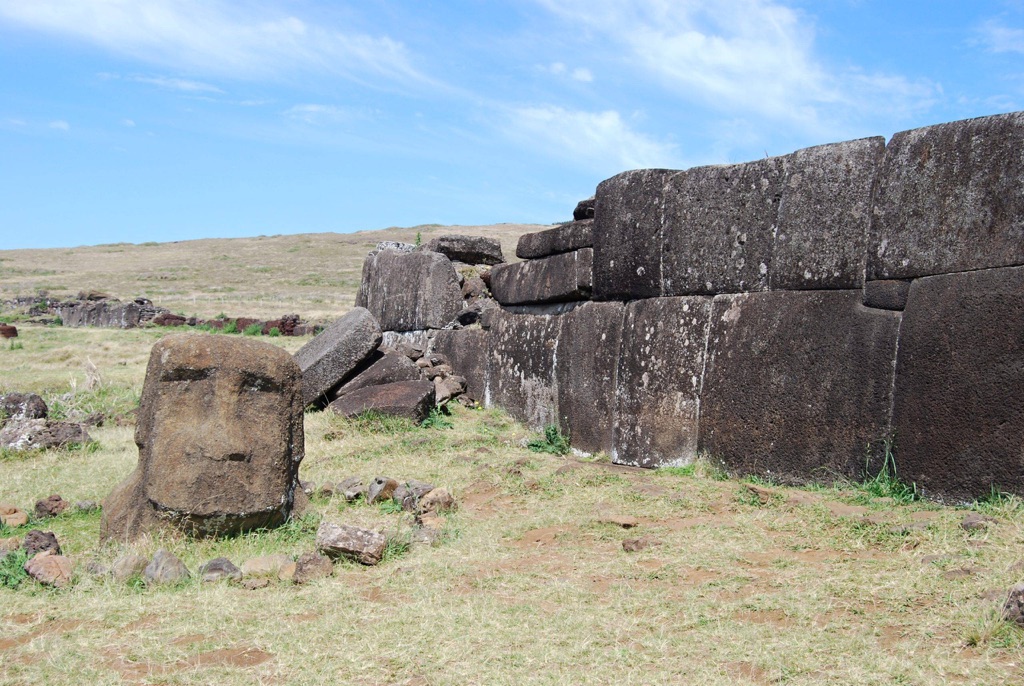Located on the southeastern coast of Easter Island, Ahu Vinapu is an archaeological site that has intrigued historians, archaeologists, and visitors alike for centuries. This site, known for its remarkably precise stonework, is a testament to the architectural prowess of the ancient Rapa Nui civilization.
Get your dose of History via Email
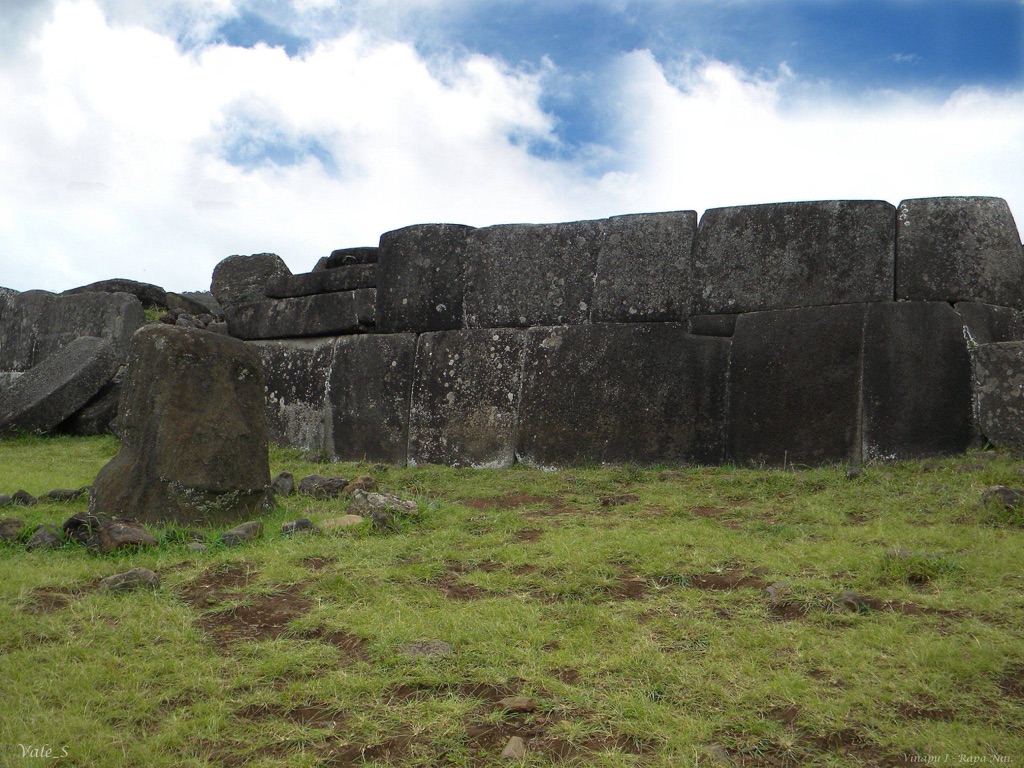
Historical Background
Ahu Vinapu is believed to have been constructed around 1200 AD by the Rapa Nui people, the indigenous Polynesian inhabitants of Easter Island. The site consists of two main ahu, or ceremonial platforms: Ahu Vinapu I and Ahu Vinapu II. The former is known for its massive red scoria stone, believed to represent the female deity, while the latter is famous for its finely fitted stonework reminiscent of Inca masonry.
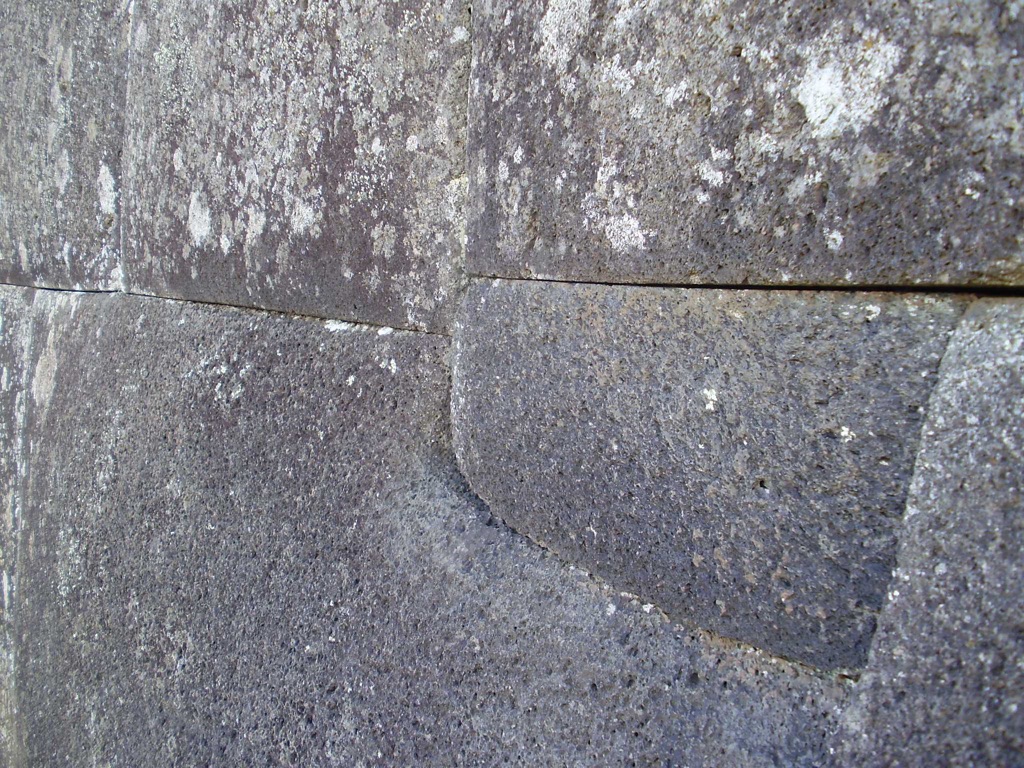
Architectural Highlights
The most striking feature of Ahu Vinapu is the precision with which the stones have been cut and fitted together. The stonework of Ahu Vinapu II, in particular, is so precise that it’s almost impossible to insert a needle between the stones. This level of craftsmanship is rarely seen outside of the famous Inca sites in Peru, leading to speculation about possible ancient connections between the Rapa Nui and the Inca civilizations. However, there is no evidence of direct Inca contact with Easter Island, making this theory a topic of ongoing debate.
The stones used in the construction of Ahu Vinapu are basalt, a volcanic rock abundant on Easter Island. The largest stone in Ahu Vinapu I weighs an estimated 10 tons, a testament to the engineering skills of the Rapa Nui people. The red scoria stone, believed to be a representation of the female deity, is another significant feature of the site. This stone is estimated to weigh around 1.5 tons and was transported from the Rano Raraku quarry, located about 10 kilometers away.
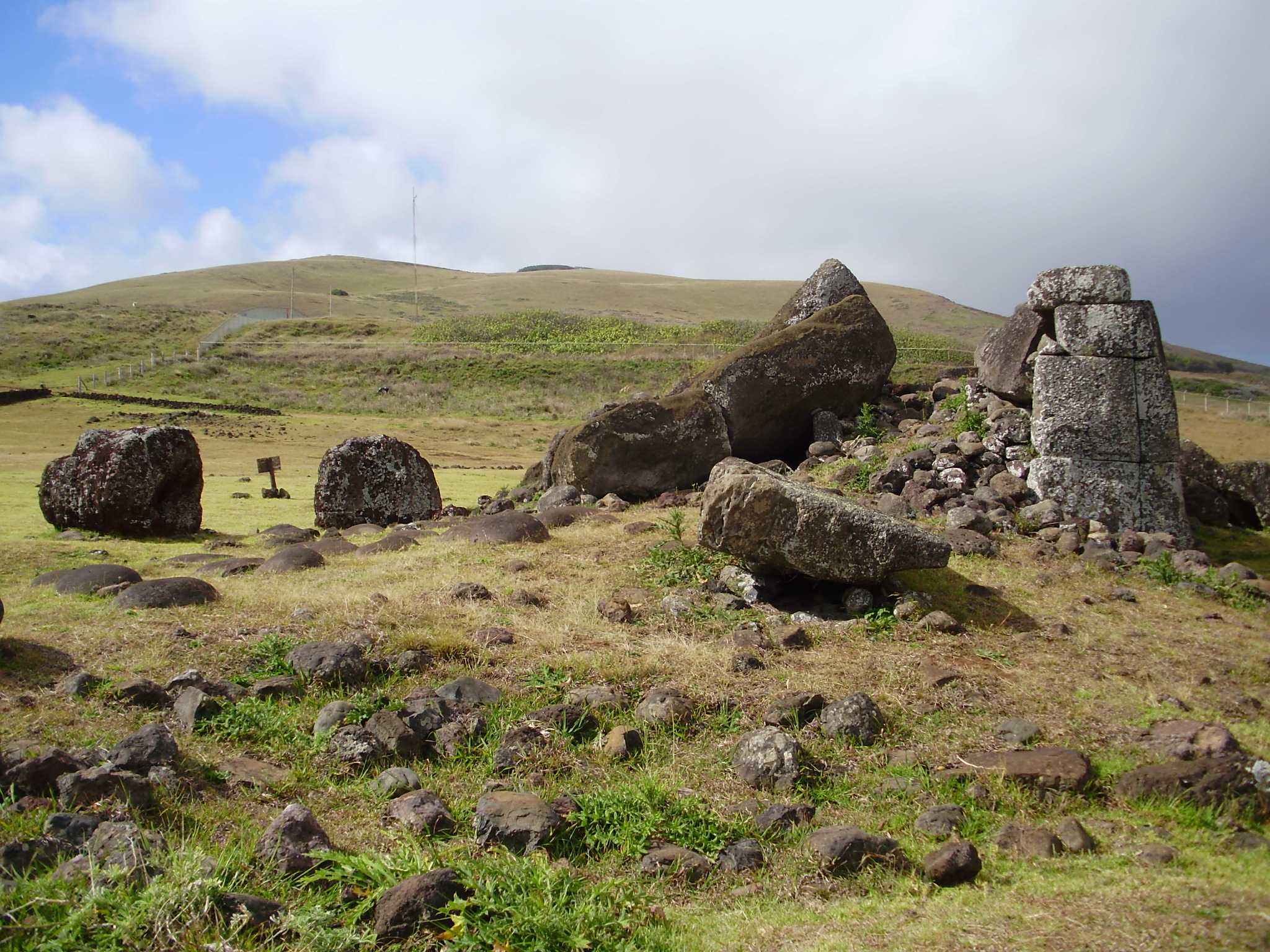
Theories and Interpretations
The exceptional stonework of Ahu Vinapu has led to various theories about its construction. Some researchers suggest that the Rapa Nui might have had contact with the Inca civilization, given the similarities in the stonework. However, as mentioned earlier, there is no archaeological evidence to support this theory. Another theory proposes that the precise stonework was a result of the Rapa Nui’s own architectural evolution, independent of outside influence. The dating of the site, based on radiocarbon methods, supports this theory as it predates the Inca civilization.
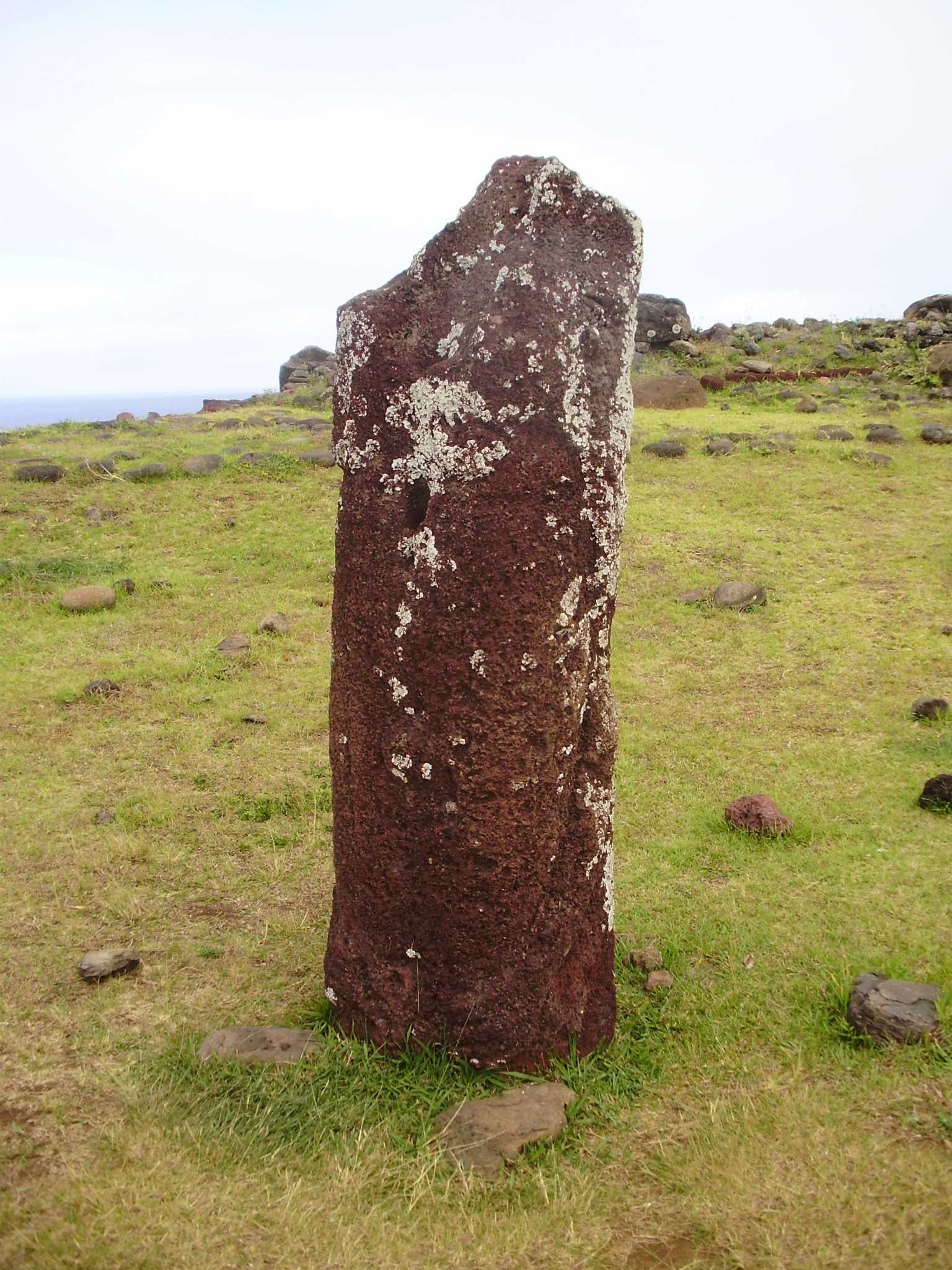
The astronomical alignment of Ahu Vinapu has also been a subject of interest. Some researchers suggest that the platform was astronomically aligned to track the solstices, indicating a sophisticated understanding of celestial movements by the Rapa Nui people.
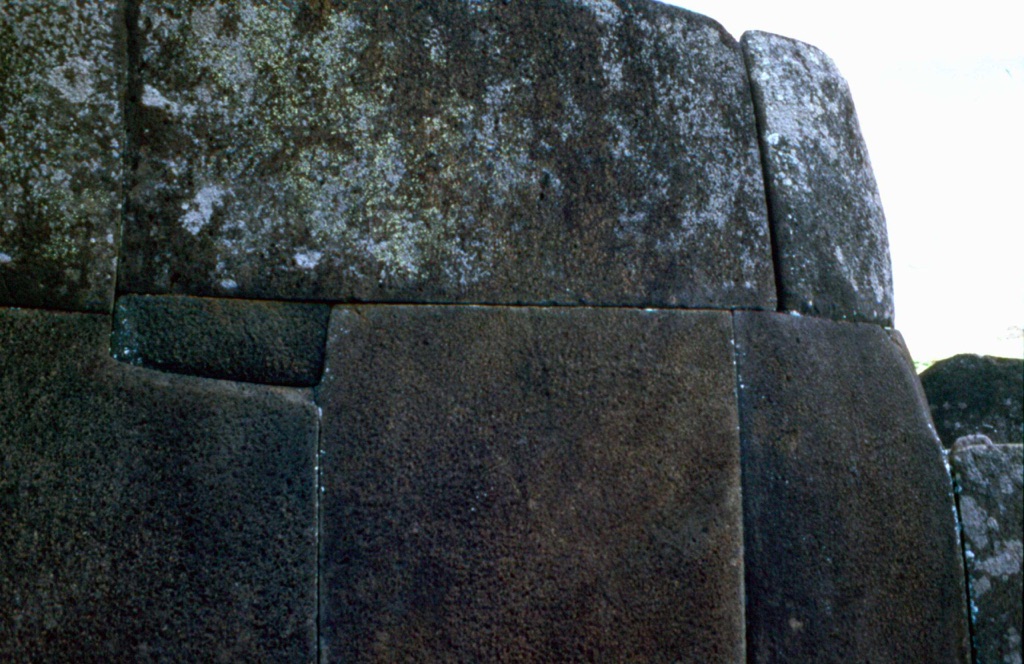
Good to know/Additional Information
Despite the ravages of time and the elements, Ahu Vinapu continues to stand as a testament to the architectural and engineering skills of the Rapa Nui people. The site, while not as famous as the iconic moai statues of Easter Island, offers a unique insight into the island’s rich history and the capabilities of its ancient inhabitants. A visit to Ahu Vinapu is a journey into the past, offering a glimpse into a civilization that, despite its isolation, demonstrated a remarkable mastery of stone construction techniques.
Sources:


